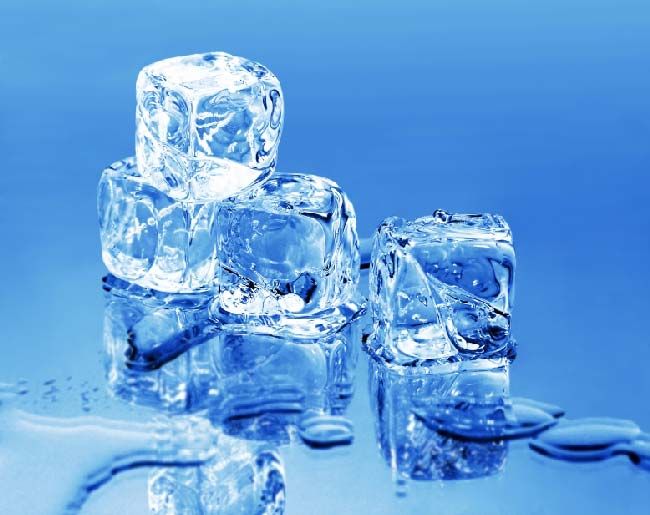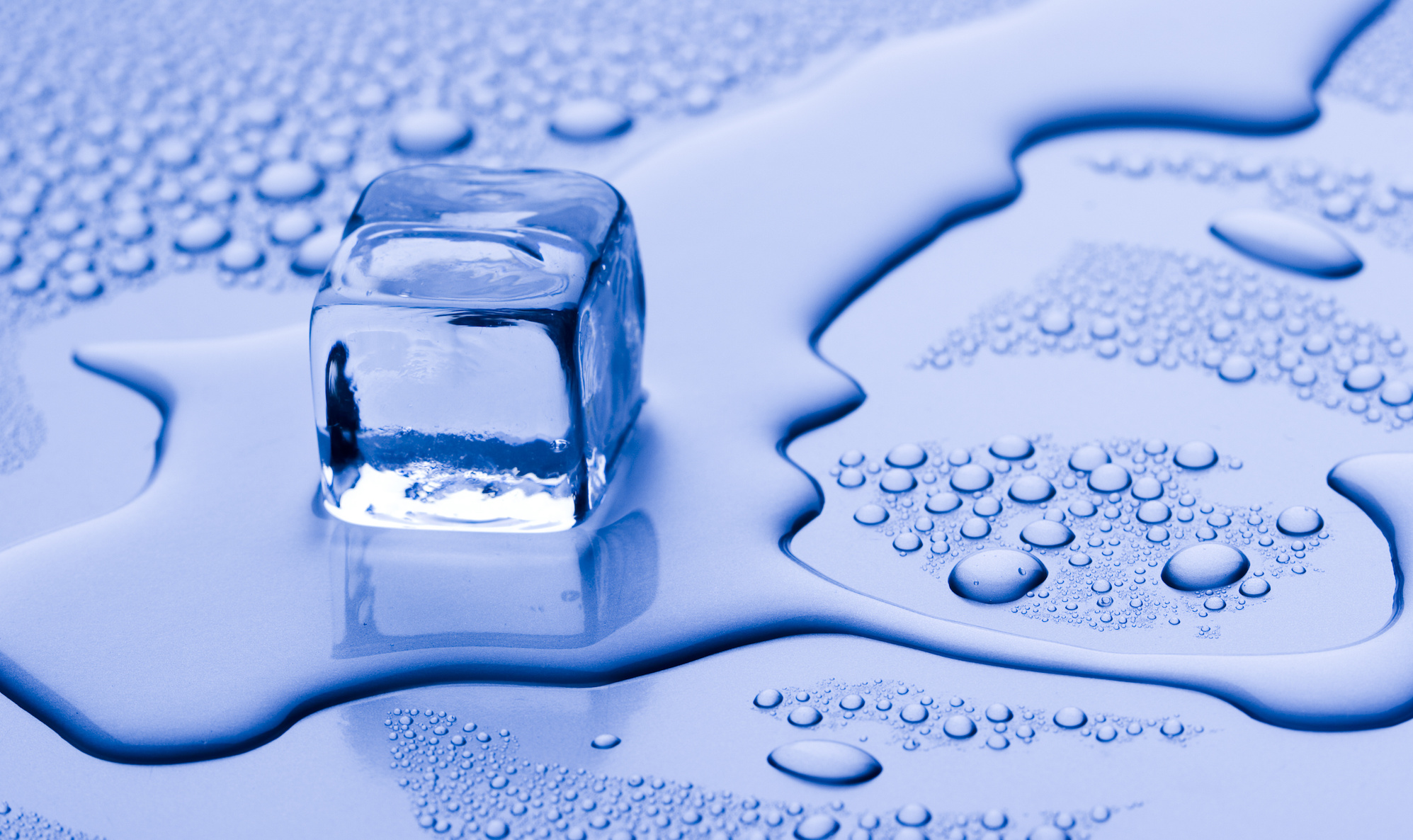Exploring Freeze Branding On Human Skin: What You Need To Know Today
Have you ever stopped to think about the different ways people express themselves on their skin? It's a fascinating area, really. From intricate tattoos to various forms of body modification, individuals are constantly finding new methods to tell their personal stories or simply create something truly unique. Today, we're looking at a rather distinct method that uses extreme cold to make its mark: freeze branding on human skin. It's a topic that, you know, sparks a lot of curiosity and, honestly, some questions too.
This method, in a way, brings to mind the very essence of what "freeze" means. It's about lowering a temperature, causing something to become very, very cold, almost like water turning into ice. When we talk about freeze branding, we are referring to a process where specialized tools are cooled to extremely low temperatures, often using liquid nitrogen. These tools are then carefully applied to the skin for a brief period. It's a precise application, you see, that aims to alter the skin's pigment-producing cells.
The outcome of this cold application can be a depigmented area, a mark that appears lighter than the surrounding skin. It's quite different from traditional hot branding, which uses heat to create scars. Freeze branding, in some respects, works on a different principle, affecting the melanocytes, which are the cells responsible for skin color. This creates a lasting impression, a bit like a permanent design that stands out. People are, you know, often drawn to such unique forms of body art for a variety of personal reasons.
- Uncover The Truth Is Sam Smith Hitched
- Unveiling The Secrets Of Sb19 Before Surgery Discoveries And Insights That Will Transform Your Surgical Journey
- Unveiling The Enigma Uncover The Secrets Behind Honey Where Are My Handcuffs
- Unveiling Sabrina Carpenters Measurements Insights And Discoveries
- Unveiling The Life And Legacy Of Nate Bossi Discoveries And Insights Within
Table of Contents
- Understanding the Process: How Freeze Branding Works
- Why Consider It? The Appeal of Freeze Branding
- The Experience: What Happens During and After
- Risks and Safety: Important Considerations
- Finding a Professional: Who Can Perform This
- Frequently Asked Questions About Freeze Branding
Understanding the Process: How Freeze Branding Works
When we talk about freeze branding on human skin, it's basically about using extreme cold to change the skin. Think about how water freezes at 32 degrees Fahrenheit, or how a substance goes from a liquid to a solid state due to a temperature drop. In this context, the cold is so intense that it affects the very cells in your skin. It's a rather specific kind of application, you know, not just putting ice on your arm.
The tools used for this are specially designed, often made of metal, and are cooled to incredibly low temperatures. This is usually done with liquid nitrogen, which is extremely cold, almost unimaginably so. The cold, you see, is what does the work. It causes a rapid drop in the skin's temperature, affecting the cells that give your skin its color. This is why the mark often appears lighter than the skin around it, a bit like a reverse tattoo.
The goal is to damage the melanocytes, those cells that produce melanin, which is the pigment. When these cells are damaged by the extreme cold, they either stop producing pigment or produce less of it. This results in a hypopigmented scar, a permanent mark that stands out. It's a very different mechanism compared to, say, traditional branding that uses heat to create a raised scar. This method is, in some respects, more about color alteration than texture change, though there can be some texture change too.
- Uncover The Secrets Behind El Pack De Yeferson Cossio
- Restaurante Colombiano Cerca De Mi
- Bianca Lawson Unraveling The Enigma Of Motherhood
- Discover The Significance Of Cultural Exchange Pom Klementieffs Family Meets Costars
- Where Is Mount Everest
The application time is quite short, just a few seconds, but those seconds are crucial. The practitioner has to be very precise, you know, because too long an application could cause more extensive damage, while too short might not achieve the desired effect. It's a delicate balance, really, making sure the cold reaches the right depth without causing unnecessary harm. This is why finding someone with experience is so important, as a matter of fact.
Why Consider It? The Appeal of Freeze Branding
So, why would someone choose freeze branding on human skin? It's a question many people ask, and honestly, the reasons are as varied as the people themselves. For some, it's about unique personal expression, a way to have a body modification that stands out from more common forms like tattoos or piercings. It's a bit like having a piece of art that is truly distinct, something you don't see every day.
Others might be drawn to the aesthetic of the mark itself. The hypopigmented, lighter appearance can have a very striking look, especially on darker skin tones where the contrast is more noticeable. It creates a different kind of visual impact, you know, compared to the dark lines of a tattoo. It's a subtle yet powerful statement, in a way, for those who appreciate such things.
There's also the element of permanence. Once the skin is frozen in this manner, the change is lasting. For some, this permanence is part of the appeal, a commitment to a design or a symbol that will stay with them always. It's not something you can easily remove or cover up, so it truly becomes a part of you. This aspect, you see, adds a layer of significance for many individuals.
And then, for a few, it might simply be about the experience itself, pushing boundaries or exploring different forms of body art. It's a niche interest, to be sure, but for those who are deeply involved in body modification culture, freeze branding represents another frontier. It's a way to explore what the human body can endure and how it can be transformed, almost like a personal journey. This kind of exploration is, you know, quite meaningful for some people.
The Experience: What Happens During and After
When someone undergoes freeze branding on human skin, the actual process is pretty quick. First, the area of skin is cleaned thoroughly. Then, the extremely cold branding tool is applied. You might feel an intense cold sensation, a bit like touching something that has been below 0°C for a long time. This sensation is brief but very sharp, and then the area can go numb rather quickly due to the cold, which is interesting, you know.
Immediately after the tool is removed, the treated area might look a bit red and swollen. Over the next few days, a blister will likely form. This is a natural part of the healing process, a bit like what happens when you get a very cold burn, if that makes sense. The blister will eventually rupture and scab over, and this is where the real waiting begins. It's a healing journey, you see, that takes time and patience.
The full appearance of the freeze brand won't be visible right away. It can take several weeks, or even a few months, for the skin to fully heal and for the hypopigmented mark to become clear. During this time, proper aftercare is absolutely crucial. This involves keeping the area clean, protected, and following any specific instructions given by the practitioner. Neglecting aftercare could lead to complications or a less than ideal result, as a matter of fact.
The final result is typically a lighter, depigmented mark. The texture of the skin might also be slightly altered, perhaps a bit smoother or slightly raised, but it's usually less pronounced than with hot branding. The appearance can vary quite a lot depending on individual skin type, the depth of the freeze, and the aftercare. It's a permanent change, so, you know, understanding this before starting is very important.
Risks and Safety: Important Considerations
Considering freeze branding on human skin means also considering the risks involved. Any body modification carries some level of risk, and this method is no exception. Because it involves extreme cold, there's always the potential for complications. One of the main concerns is infection, especially if the area isn't kept clean during the healing process. It's a bit like any wound, you know, needing proper care to avoid problems.
Another risk is nerve damage. While practitioners aim to only affect the superficial layers of the skin, there's a chance that deeper structures, including nerves, could be impacted, leading to numbness or altered sensation in the area. This is why precision is so important, as I was saying earlier. It's a delicate procedure, and, you know, errors can have lasting consequences.
The appearance of the mark itself can also be a risk. There's no guarantee that the final result will be exactly as envisioned. The depigmentation might be uneven, or the texture might not be what was expected. Scarring is also a possibility, even if it's a hypopigmented scar. It's not like you can just erase it if you don't like it, so, you know, managing expectations is key here.
Allergic reactions to cleaning agents or aftercare products are also a possibility, though less directly related to the freezing itself. It's really important to discuss any known allergies with your practitioner beforehand. And, you know, always make sure they use sterile equipment. The phrase "a cease in function" could apply here if the equipment isn't properly maintained, leading to issues. So, safety really is paramount.
Finding a Professional: Who Can Perform This
If you are considering freeze branding on human skin, finding a skilled and reputable professional is absolutely critical. This is not a procedure to be attempted by just anyone, or, you know, in an unregulated environment. The extreme temperatures involved and the permanent nature of the mark demand someone with specific training and experience in cryo-branding or similar skin modification techniques. It's a bit like needing an expert for a complex task, really.
Look for practitioners who operate in clean, sterile environments, like licensed body modification studios or specialized clinics. They should be able to clearly explain the entire process, including the risks, the aftercare, and what to expect during healing. They should also be transparent about their experience and show you examples of their work, if possible. You know, trust is a huge factor here.
Don't hesitate to ask questions, even if they seem basic. A good professional will welcome your questions and provide clear, understandable answers. They should also ensure you are fully informed and comfortable before proceeding. If something feels off, or if they seem rushed or unwilling to provide details, that's a sign to look elsewhere. It's about your body, after all, so, you know, being cautious is smart.
It's also a good idea to check local regulations regarding body modification. Some areas might have specific licenses or health department requirements for such procedures. Ensuring your practitioner complies with these regulations adds another layer of safety and professionalism. You might find information on reputable body modification associations or forums, which can sometimes point you towards experienced individuals. Learn more about body modification on our site, and link to this page for more information.
Frequently Asked Questions About Freeze Branding
Here are some common questions people often have about freeze branding on human skin:
Is freeze branding painful?
During the actual application, you will feel a very intense cold, which can be quite sharp. However, the extreme cold tends to numb the area rather quickly, so the pain is often described as brief and intense, rather than prolonged. After the procedure, there will be discomfort, swelling, and blistering as the skin heals, which can last for some time. Pain tolerance varies greatly from person to person, you know, so what one person finds tolerable, another might find very uncomfortable.
How long does a freeze brand take to heal?
The initial healing phase, where blistering and scabbing occur, typically takes a few weeks. However, the skin's full recovery and the final appearance of the depigmented mark can take much longer, sometimes several months. It's a gradual process, you see, as the skin slowly regenerates and the melanocytes are affected. Patience is definitely needed, as a matter of fact, to see the final result.
Can freeze branding be removed or reversed?
No, freeze branding on human skin is considered a permanent body modification. The process intentionally damages the pigment-producing cells in the skin, and this damage is generally irreversible. Unlike tattoos that can sometimes be lightened with laser removal, there isn't a straightforward method to reverse a freeze brand. This permanence is a key characteristic, so, you know, it's something to think about very carefully before deciding.
A Final Thought on Freeze Branding
Freeze branding on human skin is, without a doubt, a unique and permanent form of body modification. It uses the concept of "freeze" – that transition to a solid state due to cold – to create a lasting mark by affecting the skin's pigment. Understanding the process, the potential outcomes, and the risks is incredibly important for anyone considering it. It's not a decision to take lightly, as a matter of fact, given its lasting nature.
For those who choose this path, it's often a deeply personal statement, a way to express individuality in a very distinct manner. Just like understanding "what is a freeze" in weather or software means knowing its effects, understanding freeze branding means knowing its impact on your body. Always prioritize safety, seek out experienced professionals, and gather all the information you can. You know, making informed choices about your body is always the best way to go. For more general information about body modifications and their history, you might find this external resource helpful: Medical News Today on Body Modification.
- Brianna Keilars Pregnancy Journey Uncovering Surprising Truths
- Unveiling The Unbreakable Bond Mark Wahlberg And Reese Witherspoons Enduring Friendship
- Uncover The Thrilling World Of Kenyan Sports Your Ultimate Source Of Discovery
- Louise Meldrum Uncovering The Secrets Of Success And Impact
- Yesterdays Sports News Uncover The Thrilling World Of Sports

Scientists Freeze Water with Heat | Live Science

Freeze

A Development Freeze is Wise When Upgrading or Re-implementing NAV